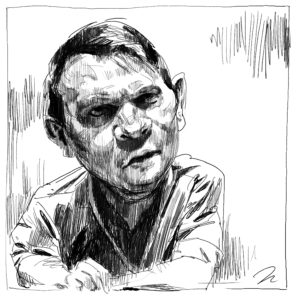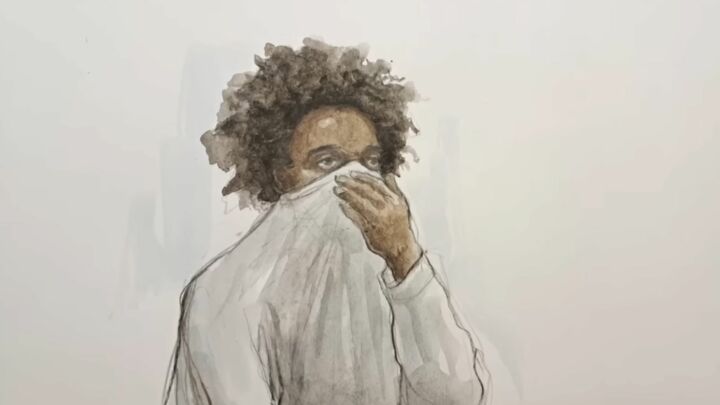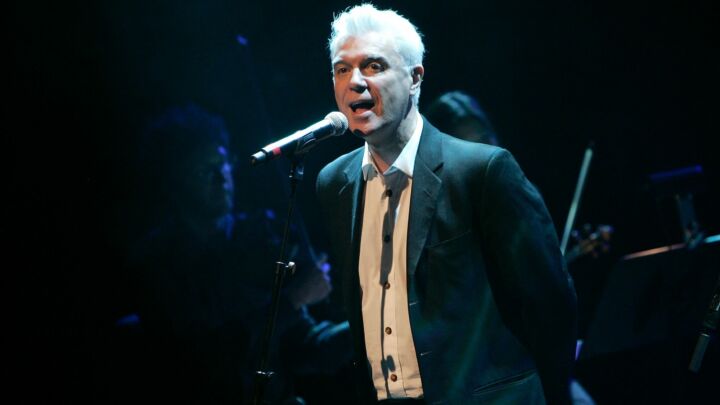Childhood is not a mental illness
The astonishing rise in young people claiming disability benefits reveals the dangers of medicalising everyday life.

Want to read spiked ad-free? Become a spiked supporter.
Another week passes, and another report lands highlighting the mental-health crisis among children and young people. The latest one arrives from leftish think-tank the Resolution Foundation and it paints a disturbing picture. It has found that the number of children in England and Wales whose families receive the disability living allowance (DLA) has more than doubled over the past decade, to 682,000. The figures have risen especially sharply since the Covid pandemic.
This isn’t because of a rise in physical disability among young people. As figures published by the Department of Work and Pensions (DWP) show, the huge post-pandemic increase in DLA claims has been driven by a rapid uptick in the number of children diagnosed with behavioural disorders, such as attention deficit hyperactivity disorder (ADHD). Some 182,000 children with mental-health conditions are now in receipt of the DLA, more than double the pre-pandemic numbers. As a result, it means that English and Welsh young people are now statistically more likely to be claiming disability allowances than adults in their forties.
The Resolution Foundation’s findings are hardly a surprise. NHS statistics tell a similar story. Figures from 2023 suggest that 20.3 per cent of children and young people – a staggering one in five – likely have a mental disorder. That’s nearly double the proportion said to have been suffering from mental ill-health in 2017.
There is no shortage of explanations for this explosion in mental-health problems among the young. Given there has been a surge since the pandemic, many point the finger of blame at lockdown. And it’s true that shutting schools and physically isolating young people for the best part of two years will have done them significant harm.
But it’s also true that diagnoses of mental-health issues and the rise in behavioural disorders among the young long predate the pandemic. One academic study carried out by University College London found a 20-fold increase in diagnoses of ADHD between 2000 and 2018. Another paper found that autism diagnoses had risen by 787 per cent over roughly the same period. In fact, every long-term study of young people’s mental health always shows something similar – that mental-health conditions and disorders have been steadily increasing in prevalence for decades. That their mental health has been in decline since at least the 1950s.
Looking for a particular trigger for the so-called youth mental-health crisis, be it the pandemic or the advent of smartphones and social media, is a fool’s errand. The reason why more and more young people are suffering from mental-health problems is not because they’ve been psychologically disturbed by this or that global event, or been rewired by some technological innovation. The reason is much more simple and profound than that. It’s because adults, from policymakers and teachers to many parents themselves, have become increasingly inclined to understand and frame their own and their children’s behaviours and experiences in psychological terms.
This has been a long time coming of course. The psychologisation of everyday life – the expansion of diagnostic categories to encompass and classify an increasing range of human behaviours – has developed apace from the advent of psychoanalysis onwards. In this regard, the publication of the American Psychiatric Association’s Diagnostic and Statistical Manual of Mental Disorders in 1952 was a key moment. Known as the bible of psychiatry, it provided the burgeoning therapeutic industry with a set of ‘disorders’ and ‘syndromes’ that would come to shape the way people have come to understand themselves and their experiences.
In recent decades, this categorisation and labelling of behaviour has had a deep effect on the young. Confused and insecure children are now diagnosed as depressed or traumatised. Energetic and disruptive kids are deemed to be suffering from ADHD. Children expressing worries or concerns about events in the news are considered clinically anxious. And so on. As Frank Furedi, author of Paranoid Parenting, put it on spiked in 2022, ‘children’s emotional responses to everyday experiences are being rebranded in therapeutic language’.
It’s the ever-growing tendency to categorise and manage kids’ behaviour and emotions in therapeutic terms that is the underlying cause of the surge in ‘disability’ claims among young people. It’s this tendency to frame young people’s experiences as psychiatric problems that is fuelling the ‘youth mental-health crisis’. And it is doing profound damage to these young people. These labels and categories are akin to self-fulfilling prophecies. They shape young personalities, inform adolescents’ self-perceptions. They effectively make young people ill.
Telling a 13-year-old boy that his over-exuberant or disruptive behaviour is a product of a mental-health disorder effectively tells him that there is something wrong with him. That his behaviour is a medical issue rather than a moral one. That it’s not something he can correct through the exercise of self-control; it’s something he has to have managed through counselling or medication. Likewise, labelling a 14-year-girl’s feelings as ‘depression’ encourages her to develop a sense of herself as ‘depressive’. That those feelings aren’t passing; they’re a permanent part of her identity. Little wonder plenty of young people display their mental-health diagnoses on their social-media profiles. It’s a statement of who they are. An expression of their identity. Not to mention, it seems, the grounds for a disability claim.
This is an all-too avoidable tragedy. The categorisation of vast swathes of youthful behaviour as mental-health disorders makes it more and more difficult to spot and treat those who really are suffering from mental illnesses. With so many tens of thousands more young people claiming disability benefits, it also stretches thin resources that could be better used to help those struggling with genuinely disabling problems.
Encouraging more and more young people to see themselves in terms of mental-health categories inhibits their development. It reduces them to their behavioural disorder, encourages them to act down to their label rather than live up to their potential. We have turned a generation of young people into psychiatric patients.
Tim Black is a spiked columnist.
Picture by: cottonbro studio.
Celebrate 25 years of spiked!
A media ecosystem dominated by a handful of billionaire owners, bad actors spreading disinformation online and the rich and powerful trying to stop us publishing stories. But we have you on our side. help to fund our journalism and those who choose All-access digital enjoy exclusive extras:
- Unlimited articles in our app and ad-free reading on all devices
- Exclusive newsletter and far fewer asks for support
- Full access to the Guardian Feast app
If you can, please support us on a monthly basis and make a big impact in support of open, independent journalism. Thank you.









Comments
Want to join the conversation?
Only spiked supporters and patrons, who donate regularly to us, can comment on our articles.